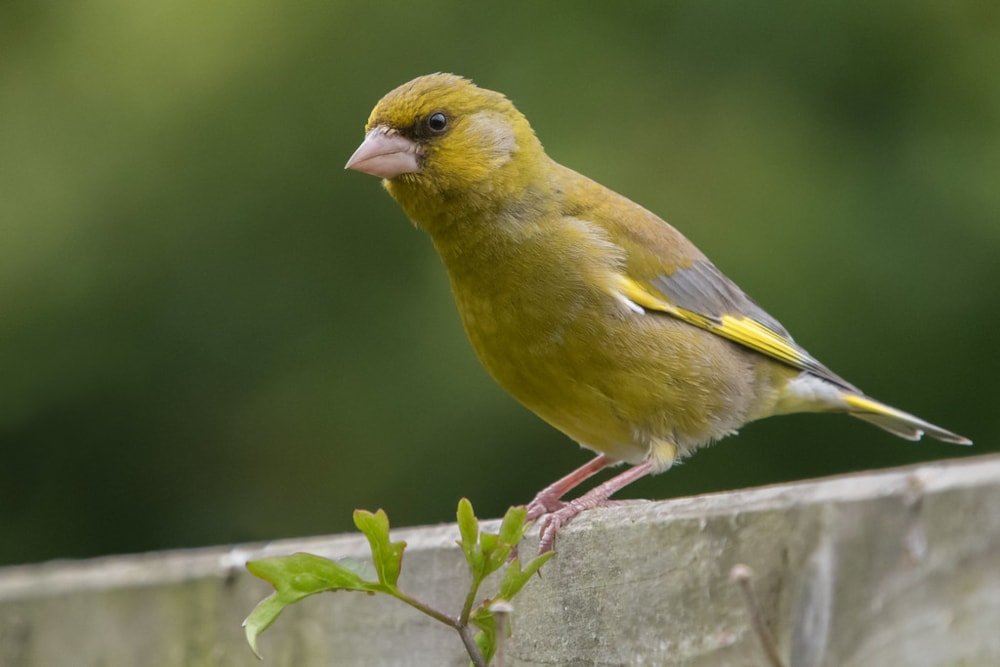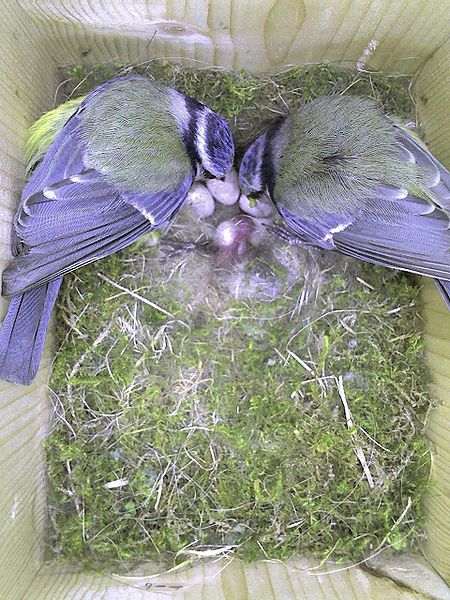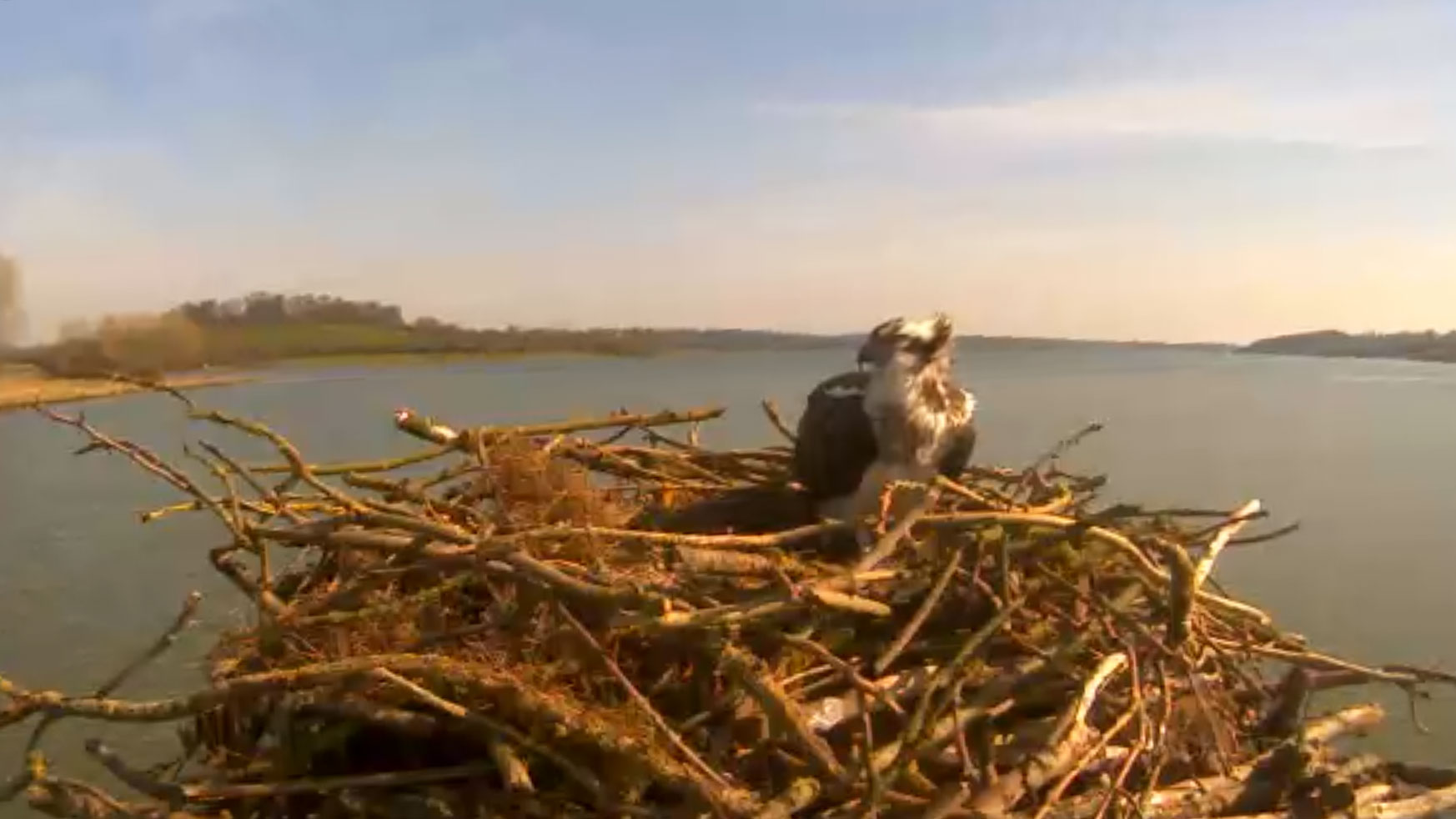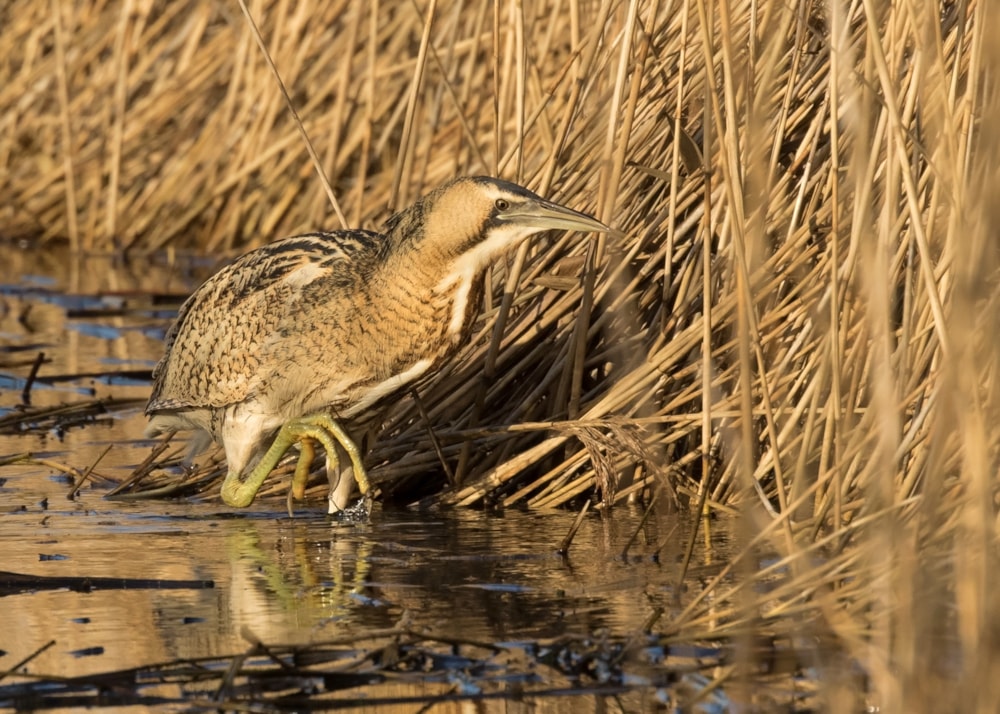When it comes to COVID-19 in the news, everything can seem somewhat confusing and alarming. Settling into self-isolation may seem like a challenge and, in recent days, many have at least been continuing to immerse themselves in nature and green spaces. However, if you are in a higher-risk group or simply want to self-isolate, or are reading this with lockdown now in full effect, then there are still many things you can do from the comfort of your own home to remain connected to nature. Below, I'll outline a few ways you can remain connected to nature and wildlife from your own home and garden.
Garden birding and citizen science
For many of us, our gardens are where we will be getting our birding fix during the coming weeks. This presents an opportunity to contribute to citizen science projects. There are a number of these, which can be done individually or as a family. I've highlighted a few of my favourites below.
- BTO Garden BirdWatch: this scheme monitors the amount of wildlife we see in our gardens, with the prime focus on birds. You simply sign up via the website (providing basic details such as your garden location) and then watch the birds in your garden consistently, be it every other day, once a week etc, and report your findings to the website. Other wildlife, including mammals, amphibians, reptiles, butterflies, bumblebees and dragonflies, can also be logged. There, the data is collected to monitor nationwide trends. Garden BirdWatch is funded by a subscription fee of £17 a year, which covers the cost of the scheme and the member's magazine; you can join here.
- BTO Nest Recording Scheme: this is perhaps a bit more time consuming (though we've got plenty!). Take a wander around your garden carefully, looking in all the vegetation, your newly created nestboxes (more on these later) and other suitable-looking spots. Record all the nests you find, the species involved and, using the PDF information on the website and those sent to you when you sign up, log the stages of growth, from formation to fledged young.
- Big Butterfly Count: this is a popular one among families and children; the Butterfly Conservation-led survey aims to gain an insight into what butterflies we see and how many of them we log. It's very easy to do and can be done from just about anywhere – all you need to do is survey your garden for 15 minutes, record your sightings and then submit to the website. Of course, we're still some way off the Count's starting date, which will be in late July, but it's one to look forward to, whether or not we're still confined to our homes then.

Do you still have Greenfinches visiting your garden? Take part in some citizen science surveys and make your records count (Tim Melling).
Contribute to BirdTrack/eBird
Many of us birders promise every year that we will improve the organisation of our personal records of the birds we see, such as by inputting observations to online data-sharing sites or sending descriptions in. Well, now's the time! Both BirdTrack and eBird are excellent tools for this. I have been using the latter a lot in my garden recently.
They're both easy to use, come with apps for both iOS and Android, and you can enjoy simply sitting in your home and noting the species you see out your window by adding them into a 'live' list. You can also add further details like gender and number seen, meaning it acts as an online notebook for the birder. Data is then used for all manner of scientific and conservation projects. Really, it's something we should all be involved with.
Build your own
If you're someone who cannot sit still and loves to be busy, then why not consider creating some new habitats in your garden? There are loads of things that can be done, even with limited resources – you could up-cycle some old boots to create a nesting home, turn an old ketchup bottle into a feeder and much more besides.
A popular thing to create is a nestbox. There are several websites and templates online, but particularly the RSPB guide is very comprehensive and complete – see here. If you live in a wooded area then why not be adventurous and try to create a Tawny Owl box? Or stick to the classic design and create a small- or medium-sized box for Blue and Great Tits or House Sparrows? Common Swift boxes may be an idea for later in the year to help this declining summer visitor out. Your nest box can be adapted to fit a camera inside, too. These can be purchased online from places such as CJ Wildlife or WildlifeWorld – simply screw the bracket into the roof and run the cable to your computer monitor.
Another idea, should there be room, is to create a mini pond. Dig a hole, place an old washing up tub inside and fill it with some rocks and vegetation. This will not only provide a drinking source for birds, but also a pond for wildlife such as water beetles and larvae.

A homemade nestbox can be installed with a camera (wikimedia.commons.org).
Live cameras and webcams
On the subject of webcams, there are some brilliant live wildlife cameras from around the world – too many to choose from, to be honest. But how do you know where to look, or which ones have the most action? Fear not! I have selected my five favourite cameras that tend to produce a range of different birds visiting them. From Africa to America and back to Europe, there is no shortage of activity …
- Cornell Lab feeders
- Cornell Lab Barred Owls
- Rutland Water ospreys
- Poole Harbour
- African drinking hole
These five are great. The Barred Owls are currently incubating, so it's only a matter of time before we see some activity from the eggs themselves. Likewise the Rutland ospreys have only just returned from Africa and are currently settling in on their nesting platform. We should be seeing some nest furnishing and mating from them soon and then, eventually, some eggs.
The Poole Harbour and Cornell Lab feeders are brilliant to pop in and out of as these always have birds on them. They are in contrasting habitats and, of course, on different continents, so you can brush up on your identification skills for British coastal species and garden and woodland North American species.
The final webcam, and one that I absolutely adore, is a drinking at Mpala Research Centre in central Kenya. There are in fact two similar cameras available to watch, the other in South Africa, and they focus on a drinking spot where wildlife always calls by. I've seen plenty of birds in the surrounding trees, but it's the big mammals that cause an absolute delight when they come into frame ... watch out for the elephants!

Plenty of people will no doubt be logging on to check the progress of this pair of Western Ospreys at Rutland Water in the coming weeks.
Satellite-tagged birds
In a similar vein, why not follow the progress of various satellite-tagging projects around the world? Migration is in full effect and you can watch many species 'live' as they make progress back to breeding grounds. Here are a few to keep tabs on:
- BTO cuckoos: this famous, long-running project is a good indicator of the advancement of spring. Some of the birds are still in Africa, but at least three are already in Europe. How long will it be before they get back to their British breeding grounds? Make sure you tune in and find out!
- Mongolian cuckoos: in direct comparison to the British birds, follow the progress of their Mongolian cousins which are only just setting out from wintering grounds in Zambia and Mozambique for their epic migration.
- Red-breasted Geese: a rapidly declining species, you can follow these beautiful geese from their Eastern European wintering grounds back to Siberia this spring. A number of the birds are currently in southern Russia.
- Rough-legged Buzzards: two of these super raptors are currently wintering in Belarus and The Netherlands respectively. Expect them to start making the journey north anytime soon!
The Titchwell RSPB microphone
This is a new personal favourite of mine! The microphone is located in the main reedbed of RSPB Titchwell, Norfolk, which then streams online here. Many people are now tuning in to listen not just to the delightful dawn chorus that can be heard during the early hours, but also to the calls of displaying wildfowl and birds coming to roost during the evening. It can be downloaded onto phones and tablets, or just played in the background when working from home.
So far, my list consists of Common Chiffchaff, Western Marsh Harrier, Cetti's Warbler, Mediterranean Gull and even a cracker of a booming Eurasian Bittern. Every day I am adding more to my 'Titchwell microphone list' and it gets you practicing your calls and songs from different species too.

If you're lucky, you might be able to hear Eurasian Bittern on the Titchwell microphone (Paul Coombes).
Noc-mig
Nocturnal sound recording is a great way to pass time indoors, listening back to the birds that have flown over your house during the night. A new noc-mig series on BirdGuides on how to get started can be read here. Watch out for further instalments over the coming weeks.
Contribute to social media
The likes of Twitter and Facebook really come into their own at times like these, and it's great to keep up with what birders around the world are seeing from their properties as lockdowns are introduced in more and more countries. Check out the #BWKM0 hashtag – and watch out for a more detailed article about this and birding at home on the BirdGuides website very soon.
First quality garden bird of lockdown! This Red-legged Partridge was bizarrely trotting around the lawn and patio a short while ago – first I’ve seen here in my lifetime. #gardengold #GardenBirding #BWKM0 pic.twitter.com/t9wjQxQQzI
— Josh Jones (@jrmjones) March 24, 2020
So, during these challenging times, there are myriad ways of enjoying the birds (and other wildlife) in our gardens or homes. Stay safe, act responsibly and remember to share your home birding fixes with BirdGuides and Birdwatch online. Tag us on social media (@BirdGuides or @BirdwatchExtra), and remember to use the #BWKM0 hashtag mentioned above!


